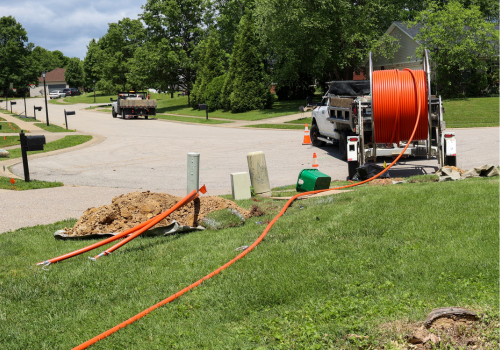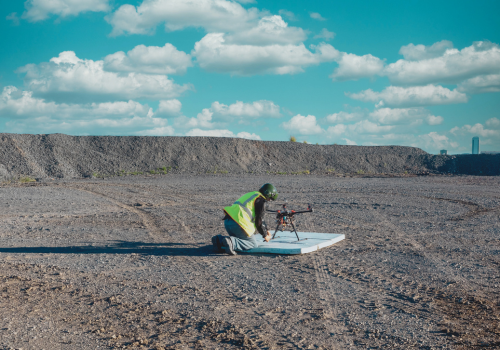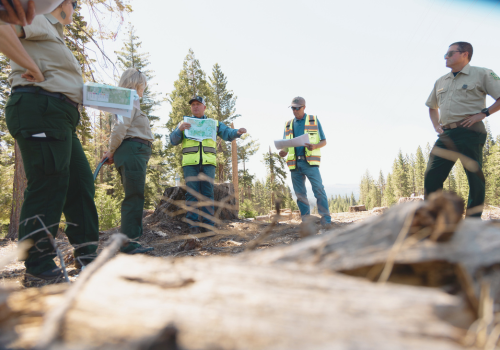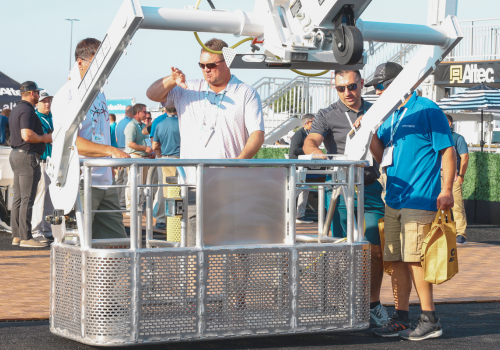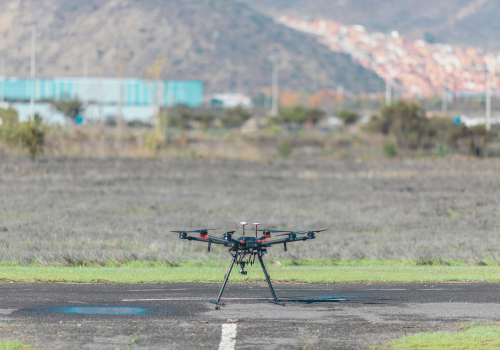There are inherent risks in being a utility worker. To make sure those risks don’t become reality, utilities, and the contractors they hire must be on their A-games when it comes to safety.
First and foremost, safety training and systems should be geared toward the types of tools and equipment workers will be using. Additionally, the most common risks identified by OSHA should always remain front and center:
- Electrocution, fire, and explosion
- Chemical exposure
- High-pressure line bursts
- Falls
- Sprains, strains, and fractures
- Injuries in confined spaces
- Heat or cold stress
- Worker fatigue
In addition to focusing on the “what,” safety managers must also think about the “when” and “how.” Good safety training is more than just the subject matter. The style and timing of the training are what help make it stick. Likewise, good worksite protocols factor in the varying jobsite conditions utility workers face.
We asked two utility safety experts for advice on how companies can create safer jobsites in 2023.
Get proactive
Some utility companies scramble throughout the year, constantly trying to identify training needs and trainers. On the other hand, companies with successful safety track records plan around their downtimes.
“Leaders can be looking ahead at their training calendars,” says Monica Rakoczy, Owner of EnterTRAINING Solutions, a training organization whose methods include traditional classroom training supplemented with hands-on group exercises. “Determine which trainings are required and what else is necessary. Then you can book those trainings and get them on the calendar.”
Utilize multiple training tools
Human behavior (and error) is always the wild card when it comes to safety. That is why Rakoczy thinks companies should leverage new training tools, but not at the expense of tried-and-true methods.
“Number one, we can’t keep doing all of our safety trainings online,” Rakoczy says. She is talking about the widely adopted approach of having an employee watch a three-minute video and complete a multiple-choice quiz at the end. “You lose a lot of your audience that way.”
As Rakoczy explains, there are four styles of learning: seeing, hearing, reading/writing, and doing. “We need to remember the importance of focusing on all four of those styles,” Rakoczy says. “Companies can bring back some more human, personal interaction to better manage behavior-based safety.”
That said, companies can still leverage new technologies to enhance their training efforts—especially for the younger segment of the industry’s evolving workforce.
“From video games to virtual reality, these people grew up on screens—and we need to embrace that,” Rakoczy says. “There are so many options to learn on the screen nowadays. It’s almost like those classic arcade games. But instead of driving a race car, you’re operating a piece of equipment like an excavator. The company can program its equipment based on the different scenarios its operators encounter, such as digging trenches or lifting poles. These workers can actually sit down and practice—before there are millions of dollars on the line. I’ve even seen virtual reality training for things like line marking.”
Speaking of line marking, this leads to a recent trend in the industry that utility contractors need to pay close attention to in 2023.
Beware the locating logjam
In a lot of instances, underground locators have been having a hard time keeping up with demand over the past couple of years. This has put additional pressure on contractors that are struggling to stay on schedule.
“Short of taking control of part of the locating process themselves, there really is no easy solution for contractors,” says Mike Parilac, Founder of Planet Underground, a knowledge-sharing organization focused on underground utility damage prevention, and Staking University, a provider of locating equipment training courses.
As locating logjams get worse, some contractors feel forced into doing their own locates. That is usually not a good idea and perhaps illegal in some states. Nonetheless, facing derailed production schedules and eroded profit margins, some contractors decide to roll the dice and see if they’ll get fined. But rolling the dice on getting a fine is very minor compared to the risk of hitting a line.
That is why Parilac says some contractors are starting to take more control of the locating process. There are a couple of ways they’re going about it.
“More contractors are employing their own locating crews,” Parilac says. “There are added costs to equipping and training your own crews, but there are also many advantages. Crews are being trained on how to verify 811 marks as well as locate existing utilities.”
The other option is to hire a private locating company to verify marks on the ground, provide depth information, locate private lines, and sometimes even collect points and produce maps—all of which are beneficial on larger projects. While also challenged by labor shortages, Parilac says private companies are generally in a better position to attract and retain personnel due to wages and growth opportunities. So any logjams are likely to be less intense than the 811 system.
The good news is that there are all sorts of new mapping technologies to help create and memorialize highly accurate information in real-time. Utility contractors should take advantage of the tools that are out there. And if a contractor opts to hire a private locating firm, it’s important to make sure the firm is using these innovative tools and providing the information required.
Cater to the growing female demographic
The number of women working in the construction and utility industry continues to grow. With that comes some challenges.
“One area is PPE,” Rakoczy says. She has been in the construction/utility industry for over 20 years. For many years, women often had to wear the smallest size of men’s boots because that’s all they could find in the store. But wearing the wrong size boot creates a safety risk.
“Nowadays, the utility industry can expand its horizons because there are a lot of great companies out there that are expanding their offerings of women’s PPE and workwear,” Rakoczy points out. It’s everything from smaller sizes to tighter fits that are more tailored to the female body.
“There are also more options for women who are pregnant,” Rakoczy adds. “For example, some companies are developing zip-in panels for hi-vis vests because going to an overall larger vest is unsafe and doesn’t make sense.”
Recognize the fatigue, stress, and mental health
Stress and fatigue can impact a utility worker’s ability to safely do their job. Rakoczy says there are some innovative tools available to help manage this variable.
For instance, there are mobile apps that can help determine if an individual is “mentally available for work” on a given day. Rakoczy likens them to the “brain games” a person may also play on their smartphone. AlertMeter is one example. After using the app for a short time, the app establishes a baseline for that user. Then when the user is about to embark on a specialized work task, they will log back in to complete a test. Based on the result, the app can help determine if the person is mentally sharp at that point in time.
Beyond a temporary loss of mental acuity, Rakoczy reminds us that there is a startling reality about our industry. While suicide is a nationwide problem, it impacts the construction/mining/utility industry at a significantly higher rate.
“While that statistic is staggering, it actually makes perfect sense,” Rakoczy says. “We have people who are sometimes working difficult schedules. People doing storm response are away from home a lot. The stress and burden can be incredible.”
Fortunately, there are a lot of great ideas for managing mental health.
“One of the simplest, yet really effective things I’ve seen a company do is hang up mental health posters,” Rakoczy says. But rather than hang the posters on the breakroom bulletin board, the company hangs them in the portable bathrooms on jobsites. “When someone is struggling, they don’t always want someone else to know. So giving them this information in a private place makes the information much more accessible,” Rakoczy says.
The utility industry also has an opportunity to borrow proven tactics from other industries. For instance, establishing a discreet mental health mentoring program in your company can help. Mentors would receive training to help counsel those needing support. The mentors could wear an identifying item, such as a bracelet, so other employees would know they can reach out to them.
“The utility industry needs to start thinking a little out of the box when it comes to mental health because we are suffering terribly from it,” Rakoczy says.
As we head into 2023, the utility industry can also think a little out of the box when it comes to creating safer jobsites. But at the same time, companies should continue leaning on the existing tools and tactics that have been tried and true for years.
Subscribe to The Utility Expo monthly newsletter to receive more industry insights like this.


